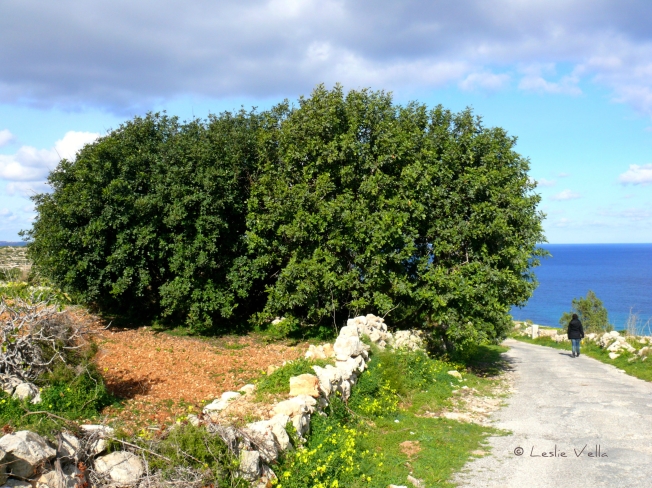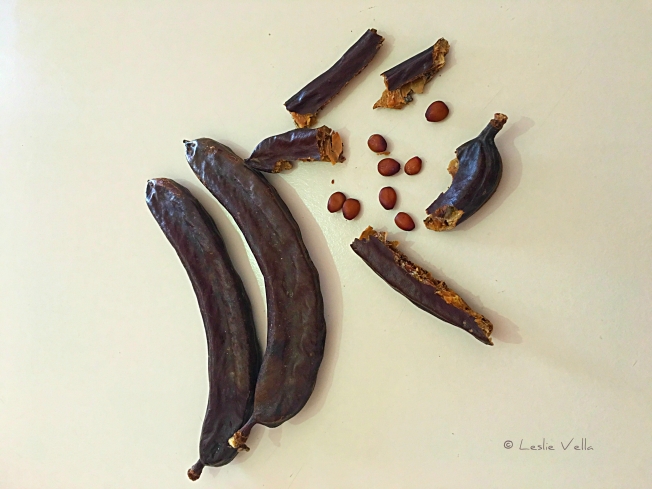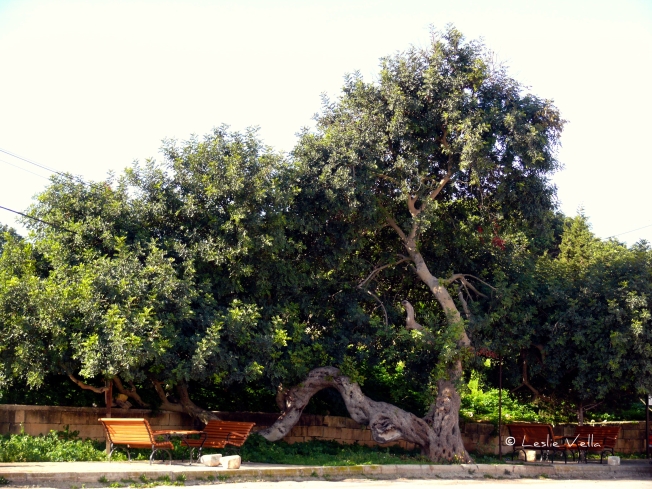The smell of the rain

When you live in a country where rain is a regular occurrence, it becomes a fact of life, almost an annoyance. Particularly in areas where precipitation is a year round affair and where the prospect of uninterrupted spells of rainfall implies inconvenience, damp and blocked sunlight for long periods of time, the subject of rain becomes a topic of distaste; a phenomenon which necessitates the need to temporarily flee one’s normal abode in search of warmth and sunshine.
Not so in places where rain is not so common. Such as Malta during the long, hot, dry summer season. A place where week after week of warm to hot sunny days prevail almost uninterruptedly between late spring and late summer: around twelve weeks of hot, dry weather which burns the countryside dry and lets you wonder at the resilient patches of green vegetation which defy the furnace-like quality of what they face and survive almost without a drop of soothing water for sustenance, except for the occasional heavy dewfall which is absorbed through their leaves.
Those of us who inhabit such areas are generally sensitive to a particular sensation which is most magnified when it rains after a long dry period. I term this sensation, the smell of the rain. A wonderfully rich and refreshing earthy smell which brings great joy. An indicator of change to come. The first airborne drop of relief in advance of wetter days ahead.
I used to think that this sensation was something that was simply an undefinable feeling. Some primitive switch to which humans in dry places are programmed to respond. Until an architect friend of mine told me that there is actually a word for it! Petrichor. A combination of two distinct words, petra and ichor designed to embrace and encapsulate the feeling that has been arousing my senses since childhood.
Petra stands for stone while ichor stands for the more esoteric fluid that flowed in the veins of the Gods in Greek mythology! So there you have it: a heavenly fluid mixing with the very earth on which we lesser human mortals stand. Producing a sensation of what flows through the Gods’ own veins! No wonder the feeling of euphoric refreshment which the smell of the first rain brings.
Researchers theorise that the smell of the rain, or petrichor is caused by a combination of factors. Part of the smell derives from an oily substance exuded by certain plants during dry periods which is absorbed by clay and rocks on the ground. When it rains after a lengthy dry spell, the oil is released into the air along with another compound, geosmin, a metabolic by-product of certain bacteria which is emitted by wet soil, producing the distinctive scent. The smell can be further compounded by ozone which is generated by lightning during a thunderstorm.
The purpose of the oil is to slow down seed germination and plant growth during the lethal dry season. It is only when the rain dissipates the oil in the ground that the seeds get the go-ahead to germinate. This would indicate that the plants produce the oil in order to safeguard the seeds from germination under duress.
Just imagine what is taking place whenever you feel this exuberant high! As each raindrop lands on the porous surface of the sun-baked ground, air trapped in the pores forms small bubbles, which float to the surface and release spray-like aerosols. Such aerosols carry the scent, as well as bacteria and viruses from the soil. Gentle rainfall tends to produce more aerosols which explains why petrichor is stronger and more noticeable after light rains.
As to why it excites us so much? Scientists believe that humans react so joyfully to the smell of the rain because our ancestors may have been hard-wired to rely on rainy weather for survival.
Blood of the Gods splashing on dry stones or complex organic chemicals released by plants and bacteria? Whatever the origin, the magic remains for all those who like me are sensitive to its timeless pleasure.

















 The Roman Catacombs of Salina.
The Roman Catacombs of Salina. It is in fact the smaller tombs that I managed to visit and photograph. You can get to them through a signposted public footpath which passes through private agricultural land. The land is characterised by a grey lower coralline limestone outcrop showing clear evidence of ancient quarrying. Eventually you get to a small rectangular space in which five portals are cut into the vertical rock-face although the remains of tombs outside these entrances suggests that more recent quarrying may have destroyed parts of this catacomb complex.
It is in fact the smaller tombs that I managed to visit and photograph. You can get to them through a signposted public footpath which passes through private agricultural land. The land is characterised by a grey lower coralline limestone outcrop showing clear evidence of ancient quarrying. Eventually you get to a small rectangular space in which five portals are cut into the vertical rock-face although the remains of tombs outside these entrances suggests that more recent quarrying may have destroyed parts of this catacomb complex. In one of the small catacombs there is a perfectly preserved Stibadium, the c-shaped dining table also called the agape table on which relatives of the deceased shared a meal after the burial. The size of these smaller catacombs suggests that they either belonged to different families or to guilds who interred their departed members in them.
In one of the small catacombs there is a perfectly preserved Stibadium, the c-shaped dining table also called the agape table on which relatives of the deceased shared a meal after the burial. The size of these smaller catacombs suggests that they either belonged to different families or to guilds who interred their departed members in them.







